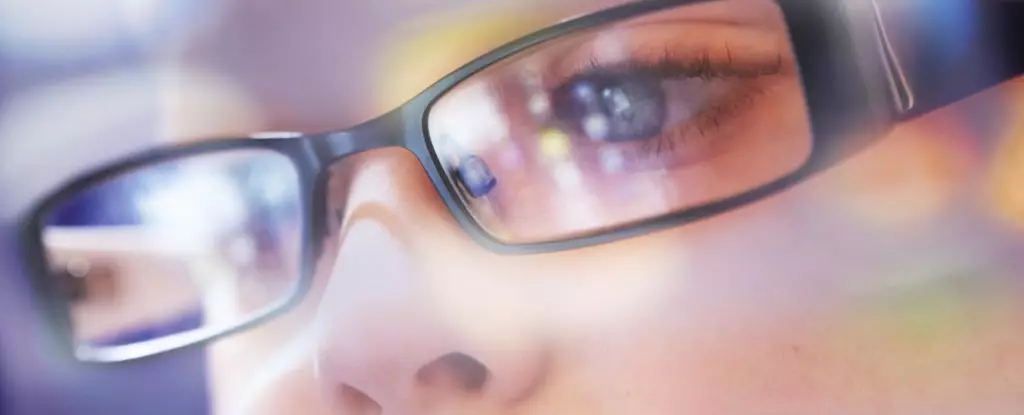The alarming rise in myopia, commonly known as nearsightedness, presents itself as one of the most pressing public health issues facing the globe today. Recent studies indicate that by the year 2050, a staggering 740 million children and adolescents may experience difficulties in seeing objects clearly at a distance. This projection, resulting from a 2023 global review led by researchers at Sun Yat-Sen University, draws information from 50 countries and illustrates an increasingly severe trend that cannot be ignored.
Over the last 30 years, the global prevalence of myopia among individuals aged 5 to 19 years has escalated from 24% to 36%. The review analyzed data from approximately 5.4 million youth, showcasing the dramatic shift in visual health outcomes worldwide. Of significant concern is the case of Japan, where an alarming 86% of children and teens are diagnosed with myopia, juxtaposed against Paraguay, which registers the lowest rate at 0.84%. The disparities in prevalence demonstrate a clear geographical divide that calls for an urgent examination of underlying causes.
As societies modernize, a notable correlation appears between educational practices and the prevalence of myopia. In regions where children are enrolled in formal educational programs at a younger age—such as Singapore and Hong Kong—rates of myopia are noticeably higher. The crucial question arises: why is this trend manifesting, particularly in fast-developing regions? There is a compelling argument that heightened academic pressures and extended screen time, especially during the pandemic-induced lockdowns, play pivotal roles in elevating these figures.
Research indicates that child development is significantly influenced by environmental factors. During the COVID-19 pandemic, outdoor activities plummeted as children were increasingly confined to indoor spaces and virtual classrooms, exposing them to screens for longer durations. Experts suggest that outdoor play is vital for hindering the onset of myopia in children. As youngsters engage in outdoor activities, their eyes experience a wide range of visual stimuli that are essential for healthy ocular development.
Additionally, while genetics are undeniably a factor contributing to nearsightedness, the combination of genetic predisposition and limited exposure to the outdoors suggests that lifestyle choices play an equally significant role. A troubling finding reveals that children with nearsighted parents are at a 60% higher risk of developing myopia if they do not regularly engage with their environment outside.
Interestingly, global myopia rates display distinct geographical disparities. For instance, the prevalence of myopia in Africa is significantly lower—approximately seven times less than that in most Asian countries. The reasons behind this striking contrast warrant deeper investigation. One hypothesis posits that the prolonged duration of formal education, particularly in Asia, is intricately linked to an increase in myopia cases.
This correlation raises critical questions about cultural norms surrounding education and screen usage. In many Asian societies, early academic rigor is ingrained in youth; hence, developing a better understanding of how educational paradigms contribute to visual health is vital. It becomes imperative to dissect how various educational and social practices can inadvertently create an environment conducive to worsening eye health.
Given the serious implications of this survey, the authors advocate for immediate action to establish a clearer understanding of myopia’s increase among youth. Through extensive research to monitor prevalence rates over time, it is essential to consider factors like geography and ethnicity that may affect outcomes differently across populations.
Furthermore, public health officials must prioritize developing strategic, evidence-based interventions aimed at reducing the prevalence of myopia. Recommendations may include advocacy for increased outdoor activities, education around screen time management, and potential revisions in early education strategies.
The situation calls for a united global effort—health professionals, educators, parents, and policymakers must collaborate to address the concerning rise in myopia among youth. It is not merely a visual concern but rather a public health challenge that necessitates immediate attention and action to safeguard the future of visual health worldwide. Failure to address this epidemic may result in long-term societal repercussions as countless children face a lifetime of impeded vision.


Leave a Reply